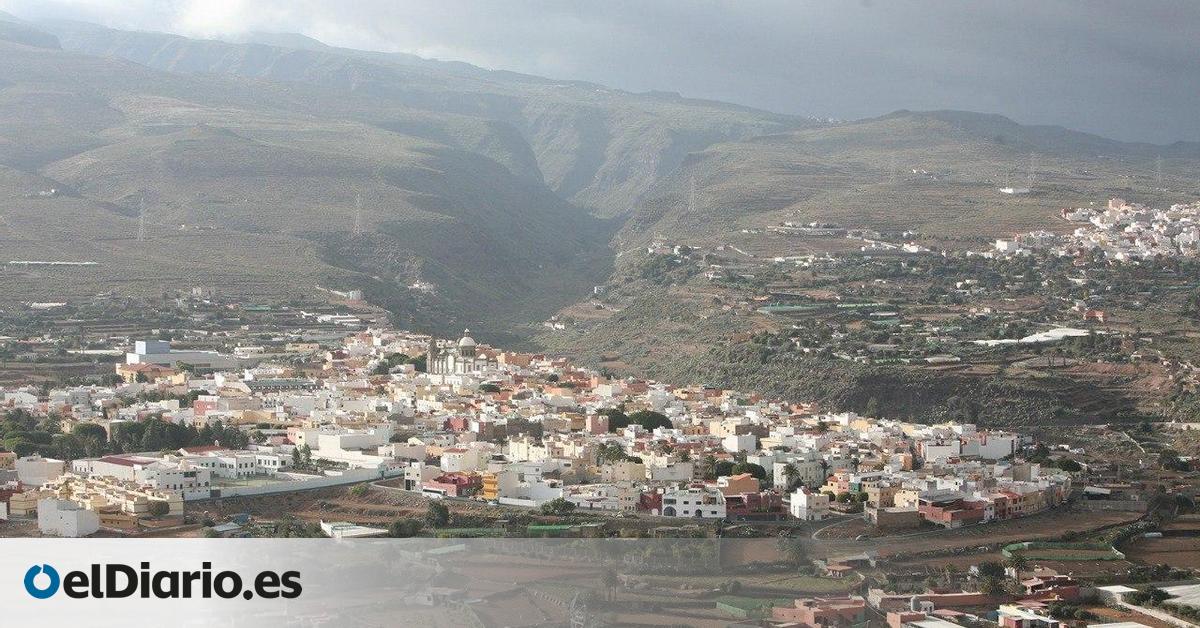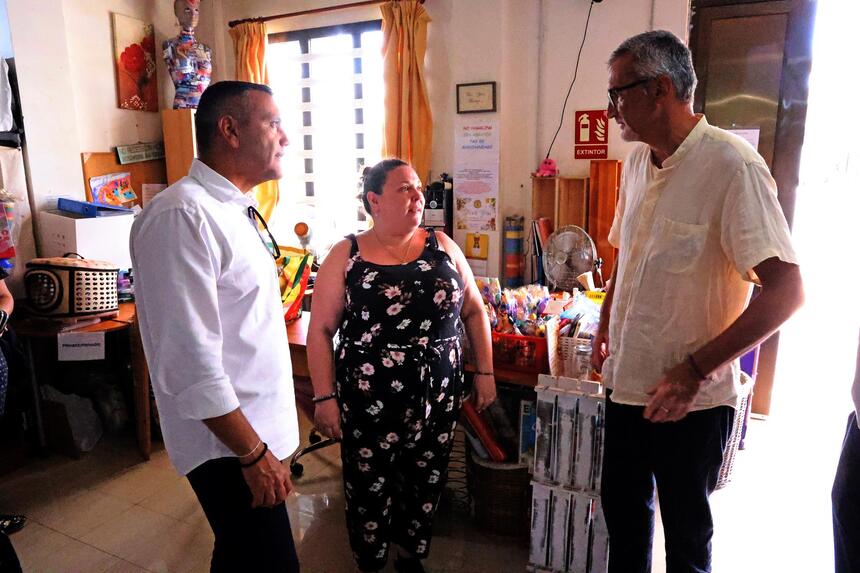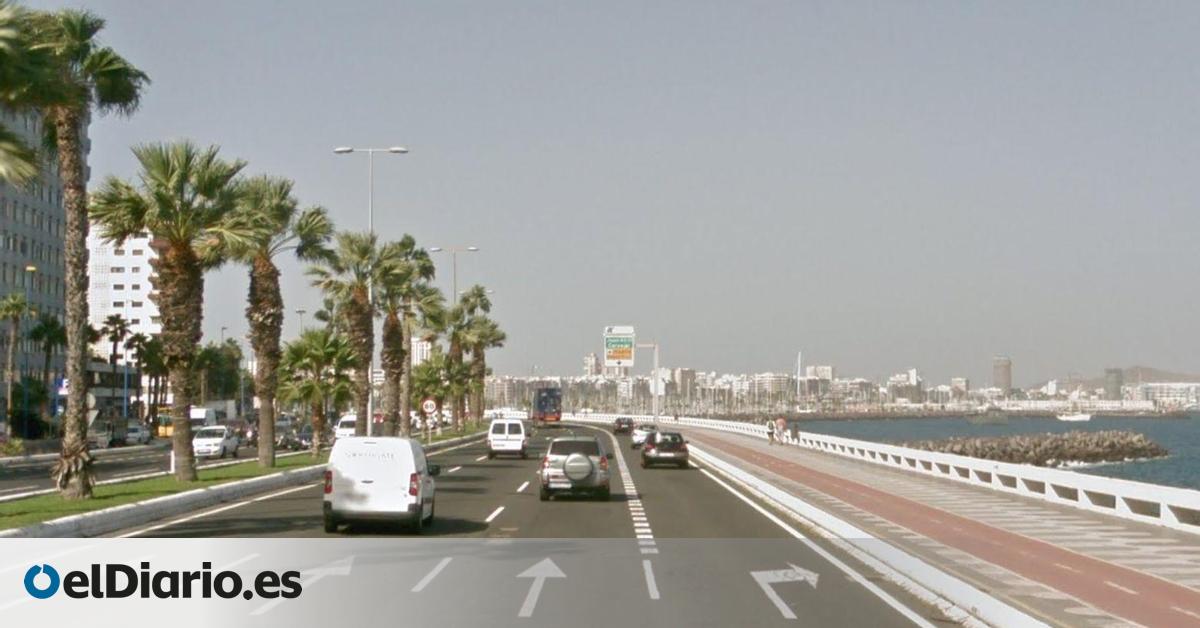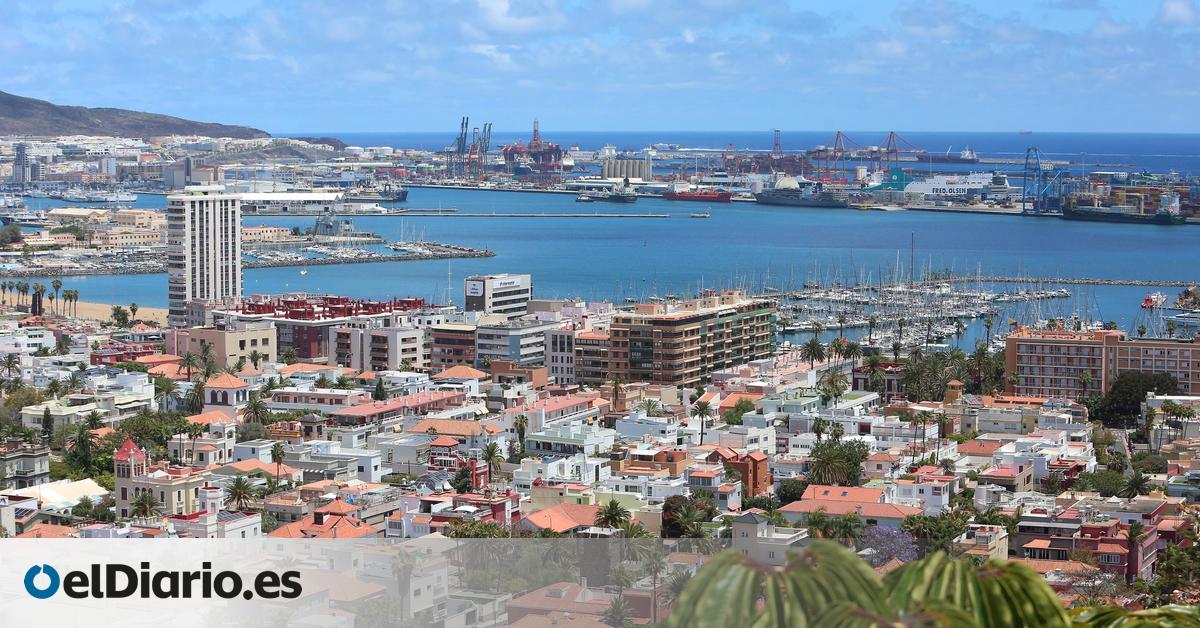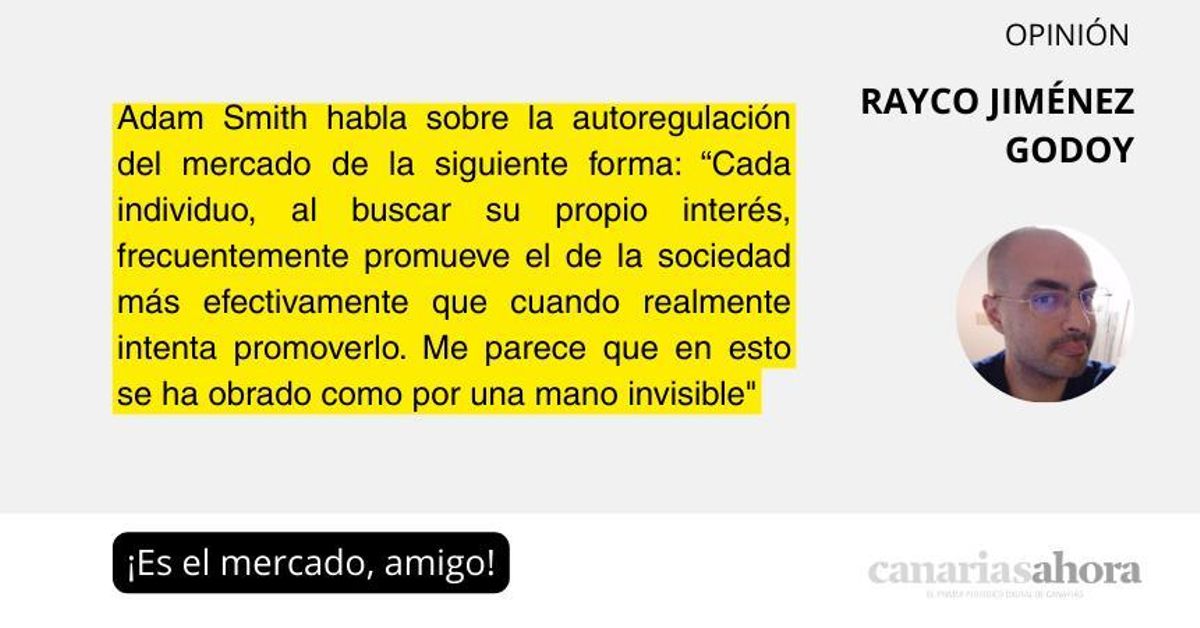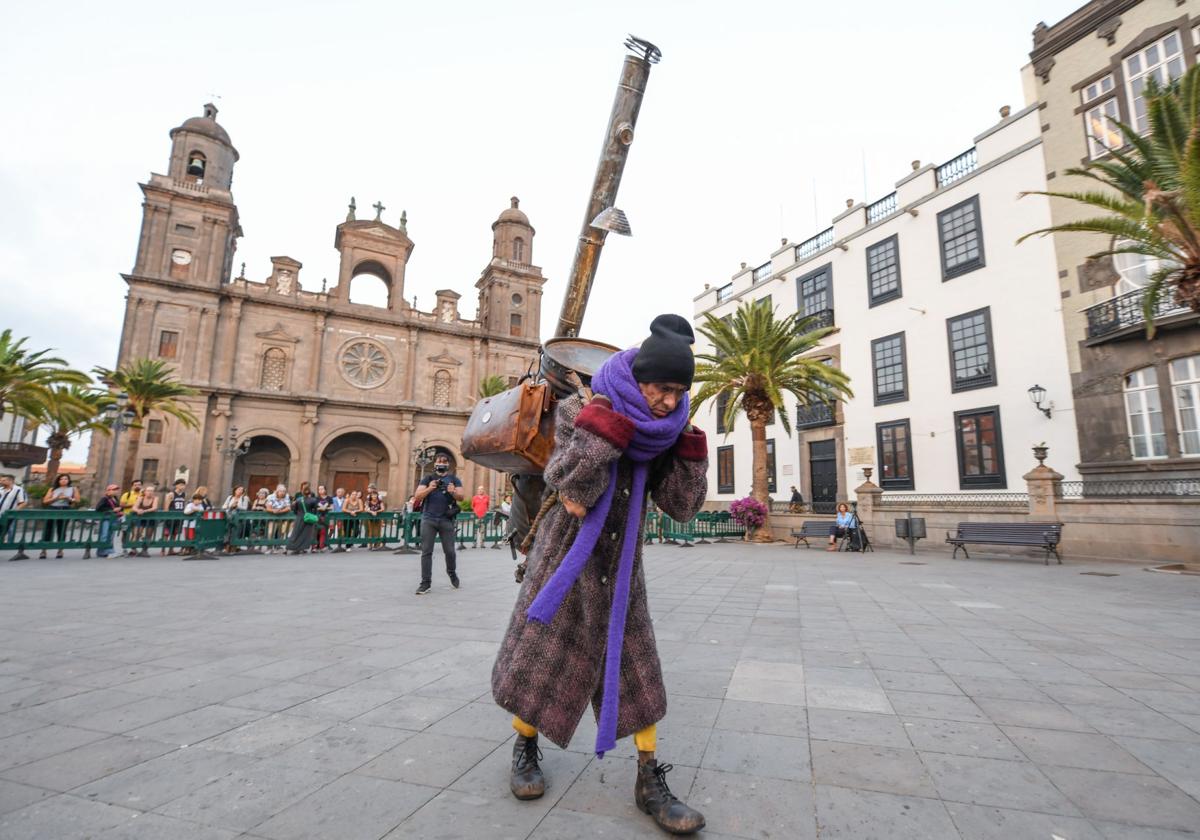
“Although the heatwave has come to an end, elevated nighttime temperatures continue to be news in various parts of our geography,” says the spokesperson for the State Meteorological Agency (Aemet), José Luis Camacho.
Despite the last heatwave officially being declared over, last night temperatures remained very high in several areas of Spain, such as Agüimes in Gran Canaria, where it didn’t drop below 30.3 degrees, or in Melilla, where the minimum was 28.9 degrees.
“We have experienced sweltering nights in many parts of the Mediterranean coast, Balearic Islands, Canary Islands, and the interior of Andalusia and Murcia. In contrast, the nights in the northern and southern meseta of Extremadura are starting to be cool after the recent heat,” said Aemet spokesperson José Luis Camacho on Tuesday.
“Although we are out of the heatwave, the elevated nighttime lows continue to make headlines in various parts of our geography,” the expert noted.
“In the Canary Islands, an infernal night was recorded in Agüimes in Gran Canaria with a minimum of 30.3 degrees,” he stated. Furthermore, in Cabo de Gata (Almería), the minimum last night was 28.5 degrees; in Agaete (Las Palmas), it was 28 degrees; and the night was also very warm in Palma (Balearic Islands), Benidorm (Alicante), and certain areas of Barcelona such as the airport, where it didn’t drop below 27.7 degrees, nor 27.6 in Mazarrón (Murcia).
Regarding maximum temperatures, at least 40 degrees or more were recorded yesterday in 79 stations of the main Aemet network, all located in Andalusia, Murcia, Albacete, Alicante, and Valencia. A total of 24 stations surpassed 42 degrees, led by Murcia city at 45.1 degrees; Orihuela in Alicante at 44.9 degrees; and Archena in Murcia at 44.8.
Additionally, thunderstorms and electrical activity were noted in areas such as the Pyrenees, central valley and lower Ebro, Iberica, Valencia community, and the interior of Murcia. In the southeast, there were many dry storms with strong or very strong gusts of wind and little precipitation, while in the Pyrenees they were accompanied by intense and abundant rainfall. Noteworthy values were recorded at Capdella in Lleida, with 71.6 litres per square metre, of which 61 fell in one hour; Benasque in Huesca, with 44; and Berga in Barcelona, with 41.2 litres per square metre in one hour.
In Izaña (Tenerife), a very intense shower left 18.2 litres with an intensity of 10.8 litres per square metre in 10 minutes. It also rained in the Cantabrian region, with up to 9.4 litres per square metre in San Roque de Riomera, in Cantabria.


